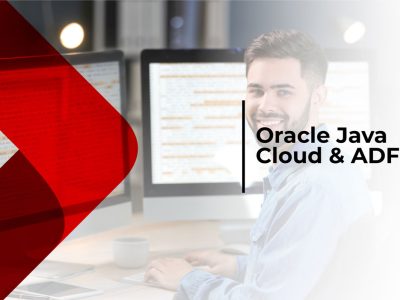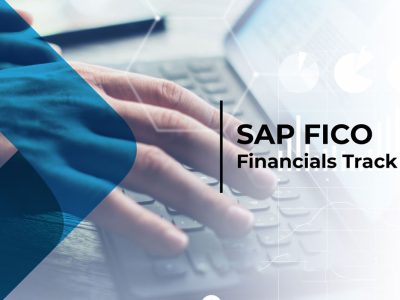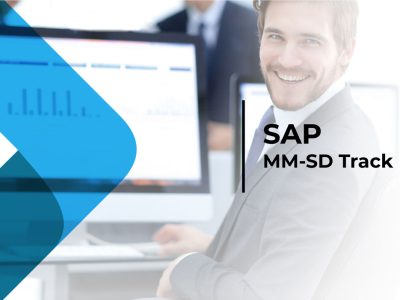Overview
Overview
Support and implement the Oracle EBS HRMS R12 environment and be a critical member leading the upgrade HR modules (HR people, HR work structure, Payroll, Self-service and I recruitment Management)
Job Profile Outcome
Job Profile Outcome
- Be involved in all aspects of the implementation life cycle, including architecture, development, testing, training, implementation and support of reporting.
- Responsible for translating business requirements into effective and efficient solutions for diverse and complex business problems.
- Design, configure, unit and system testing, documentation, assist in training and implementation of projects, programs, workflows, etc. which are assigned by the Project Manager or Project Leader.
- Lead the SAP MM upgrade project life cycle, from architecture design, project management, requirements gathering, gap analysis, configuration, testing and training.
- Observe / evaluate existing practices to recommend future and core business requirements o improve efficiency, effectiveness or competitive advantage
Course Features
- Duration 120 hours
- Activities ERP Career Development
- Day of week To be discussed
Curriculum
Curriculum
Reviews
Reviews





